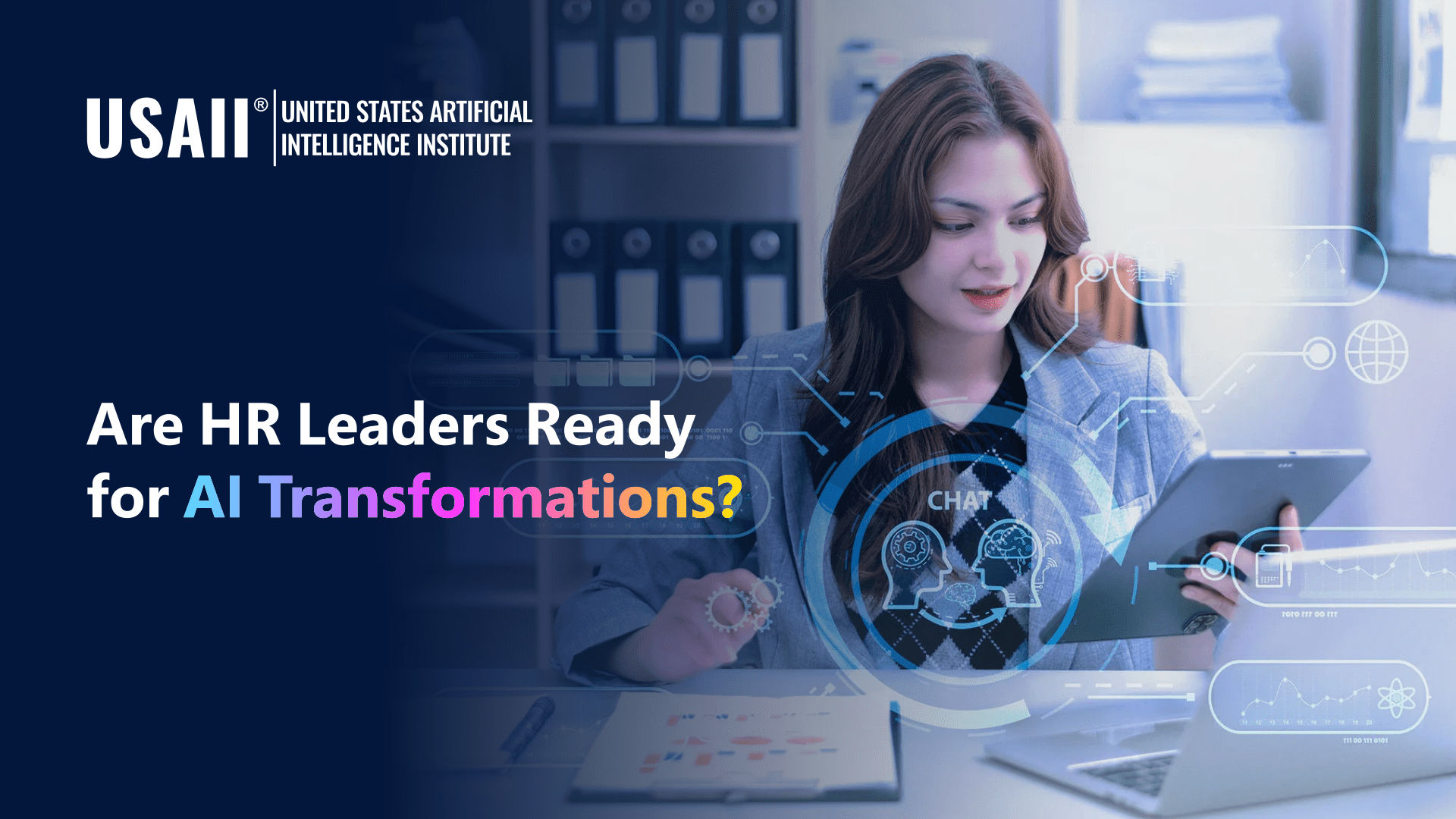
In his book “The Coming Wave” Mustafa Suleyman argued the double-edged sword of AI: AI can go to two opposite extremes; “It can be a powerful tool for extraordinary good, but, like most forms of power, one fraught with immense dangers and ethical too;” He urged the society to be prepared for it.
HR is no exception. HR leaders “have a significant opportunity to lead the way. It is important not to miss the moment.”
I will explore, in this article, how AI is disrupting HR, elaborate the critical inherent risks and essential actions for a Responsible HR to embrace the upcoming wave.
AI Footprints in HR Life Cycle
AI is infiltrating and disrupting different aspects of HR, from attracting to developing, growing, engaging, retaining, and supporting employees. It presents opportunities for increased improvements in insights and efficiency across the entire industry spectrum and employee life cycle.
HR is now harnessing AI to optimize operations and improve employee experiences, moving to a more proactive and strategic role that drive growth. And, we can see AI footprints on different HR processes.
AI-enabled tools can now scan resumes, evaluate candidate qualifications, and even conduct preliminary interviews through chatbots. AI provides hiring managers and HR, decision-making support, and resulted in decrease of sourcing spend, time to hire reduction and enhanced candidate experience.
Through, both descriptive and predictive analytics, AI enhances employee engagement enabling organizations to address potential issues proactively and retain top talent with effective reward and recognition strategies.
AI contributes to fostering a caring work culture, ultimately enhancing employee wellness. AI enables organizations to implement tailored wellness programs and support mechanisms. This ensures that employees feel valued and cared for.
Although the impact might be seen as bright and promising, there are some challenges and inherent risks that HR should monitor during the adoption of such technologies
Challenges and Risks in Integrating AI with HR
The challenges and inherent risks resulting from the adoption of AI in HR are many and we will shed light on the ones we see as the most critical:
Data Privacy and Violation:
Actions:
AI Bias and Discrimination
Actions:
Over-dependence on Generative AI and LLM
AI Wave: The Rippling Effects on Human Resources and Workforce
One of the key concerns for employees: “Will AI replace us in the workplace?”
The emergence of transformative technologies, such as calculators and Excel, illustrates the importance of adaptability in embracing innovation. These tools enhanced efficiency and analysis capabilities, proving that technology can empower individuals to perform their roles more effectively. Similarly, AI serves as a powerful ally, offering advanced predictive capabilities that optimize decision-making.
Hence, Technology will not replace employees. With the implementation of AI, some of the tasks will become obsolete and there will be a need for new skills to drive progress. AI incorporation into different organizational processes augments our people's ability to drive more value and to make better decisions for achieving sustainable success.
Responsible HR
As AI reshapes the workplace, HR stands at the forefront of this transformation, playing a pivotal role in integrating AI with the employee experience and aligning it with organizational values.
As responsible HR, leaders to be more involved in shaping strategy, policy, people management, and system
1. Strategy:
2. Policy:
Work closely with different stakeholders (Legal, IT, Strategy, Communication) to:
3. People:
4. System:
Conclusion
HR leaders are responsible for directing the implementation of AI in specific HR organizational processes such as Talent Acquisition, Talent Management, and Retention. They need to evolve into AI ethics experts, shaping policies that govern AI’s ethical use.
By understanding how AI affects the workforce, HR can better prepare everyone for the changes to come. Properly addressing this wave of technological advancement involves ensuring that AI always serves humanity.
Follow us: